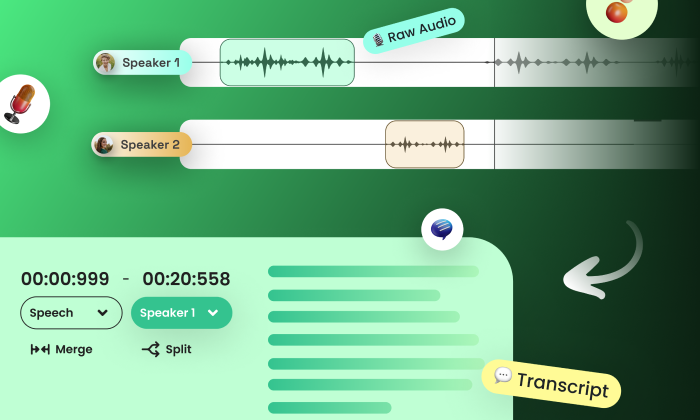How is background noise annotated or filtered in in-car speech datasets?
Speech Datasets
Noise Filtering
In-Car Audio
In-car speech datasets are crucial for developing robust voice recognition systems in automotive environments. These datasets define how effectively AI systems can perform in real-world conditions. A critical aspect of these datasets is the annotation and filtering of background noise, which significantly influences model accuracy and user experience.
Why Background Noise Matters in In-Car Speech Recognition
Vehicles present unique acoustic challenges compared to controlled studio environments. Here are key reasons why understanding and managing background noise is vital:
- Complex Acoustic Profiles: Cars generate diverse sounds from engines, road surfaces, and environmental factors. These complex soundscapes vary with speed, road conditions, and vehicle type.
- Speech Clarity: Background noise can obscure spoken commands, reducing the effectiveness of voice-enabled systems used in navigation and vehicle control.
- User Experience: Poor noise handling can frustrate users, leading to decreased trust in voice technologies.
Quality Metrics for Evaluating Noise Annotation
Evaluating the success of noise filtering involves specific quality metrics:
- Signal-to-Noise Ratio (SNR): Measures the level of speech compared to background noise. A higher SNR indicates clearer speech.
- Word Error Rate (WER): Assesses the accuracy of transcriptions. Lower WER suggests better noise handling.
Noise Annotation Techniques
Annotating background noise involves several detailed steps:
- Noise Classification: Annotators use labels to categorize background sounds such as rain, wind, engine noise, and music. This classification aids in building noise-aware models.
- Speech Transcriptions: Annotators document spoken commands and mark overlapping speech, indicating when multiple speakers are present.
- Intent Tags: These annotations identify the purpose of utterances, such as commands or emotional expressions, helping to understand the context of background noise.
Best Practices for Noise Annotation
Effective noise annotation requires strategic approaches:
- Implement Multi-Modal Approaches: Incorporating video or other data types provides context, enhancing the annotation process.
- Leverage Advanced Tools: Utilize machine learning tools for initial noise classification, allowing human annotators to focus on complex cases.
- Establish Continuous Feedback Loops: Real-time feedback improves the accuracy and relevance of annotations.
Real-World Applications and Use Cases
Properly annotated datasets lead to significant advancements in automotive AI applications:
- A major automotive manufacturer used in-car speech datasets with meticulously annotated background noise to develop a voice-activated infotainment system. This approach reduced error rates and improved user satisfaction.
- An autonomous taxi service fine-tuned emotion recognition models with data captured in high-traffic conditions, enhancing passenger comfort by adapting responses based on mood.
Challenges and Future Directions
Despite progress, challenges like over-reliance on synthetic or clean data persist. Diverse, well-annotated datasets are essential to mitigate model bias and enhance robustness. Future trends point towards real-time learning mechanisms and multi-agent systems for continuous improvement.
Strategic Advantage with FutureBeeAI
Incorporating well-annotated background noise into in-car speech datasets is a strategic advantage. By focusing on accuracy and context, organizations can develop reliable AI systems that enhance the driving experience. FutureBeeAI offers customizable, high-quality datasets tailored to meet diverse automotive needs, positioning us as a leader in AI data solutions.
For automotive projects requiring comprehensive noise-annotated datasets, FutureBeeAI delivers production-ready solutions that reflect the intricacies of real-world environments within 2–3 weeks. Embrace the future of in-car speech recognition with FutureBeeAI.
What Else Do People Ask?
Related AI Articles
Browse Matching Datasets
Acquiring high-quality AI datasets has never been easier!!!
Get in touch with our AI data expert now!








